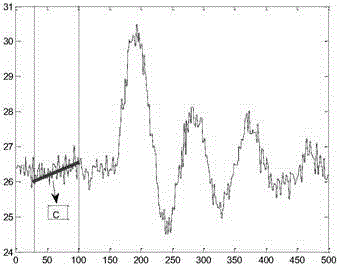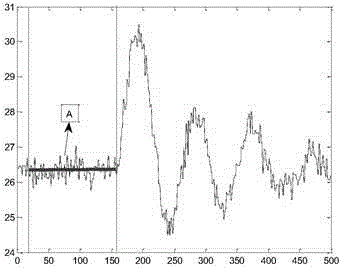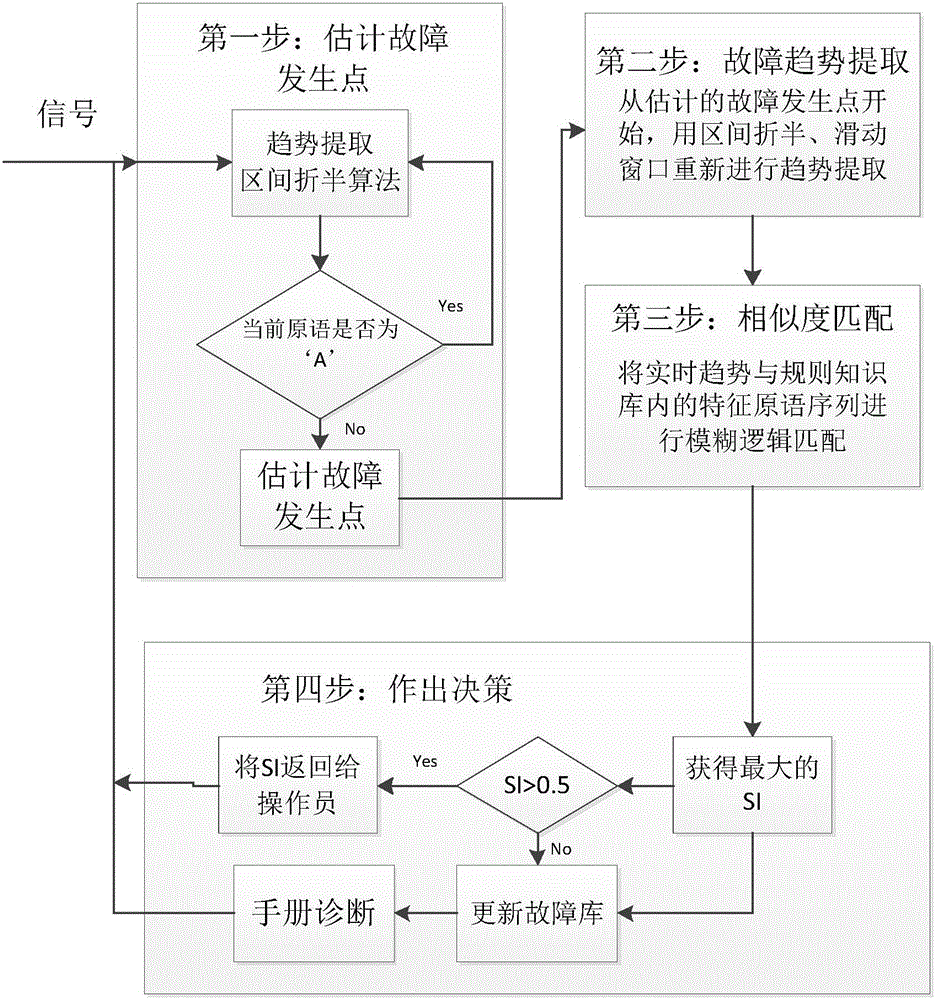Adaptive sliding window algorithm and interval halving algorithm-based fault detection method
A sliding window and fault detection technology, which is applied in computing, computer components, instruments, etc., can solve problems such as complex algorithms, relying on artificially set thresholds, and difficulty in adapting segment widths to achieve high flexibility, efficiency, and accuracy. , good promotional effect
- Summary
- Abstract
- Description
- Claims
- Application Information
AI Technical Summary
Problems solved by technology
Method used
Image
Examples
Embodiment Construction
[0024] The present invention will be described in detail below with reference to the accompanying drawings and examples.
[0025] The invention provides a fault detection method based on an adaptive sliding window algorithm and an interval halving algorithm. The method adopts the interval halving method to extract the recognition trend, and constantly changes the initial point and the end point of the interval window according to the specific conditions during the extraction process. Adaptively change the size of the interval to obtain higher extraction accuracy, and then use the fuzzy trend matching algorithm to match the real-time trend with the characteristic trends of various typical faults in the rule knowledge base to diagnose system faults in real time. Part of the data in the Tennessee-Eastman chemical process is used here. The Tennessee-Eastman process (TEP) is based on the real chemical industry production process by two experts from a chemical company named Eastman i...
PUM
 Login to View More
Login to View More Abstract
Description
Claims
Application Information
 Login to View More
Login to View More - R&D
- Intellectual Property
- Life Sciences
- Materials
- Tech Scout
- Unparalleled Data Quality
- Higher Quality Content
- 60% Fewer Hallucinations
Browse by: Latest US Patents, China's latest patents, Technical Efficacy Thesaurus, Application Domain, Technology Topic, Popular Technical Reports.
© 2025 PatSnap. All rights reserved.Legal|Privacy policy|Modern Slavery Act Transparency Statement|Sitemap|About US| Contact US: help@patsnap.com



